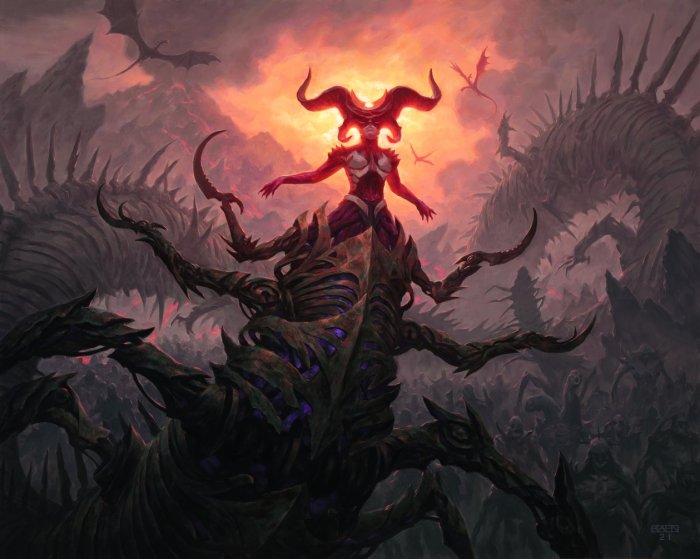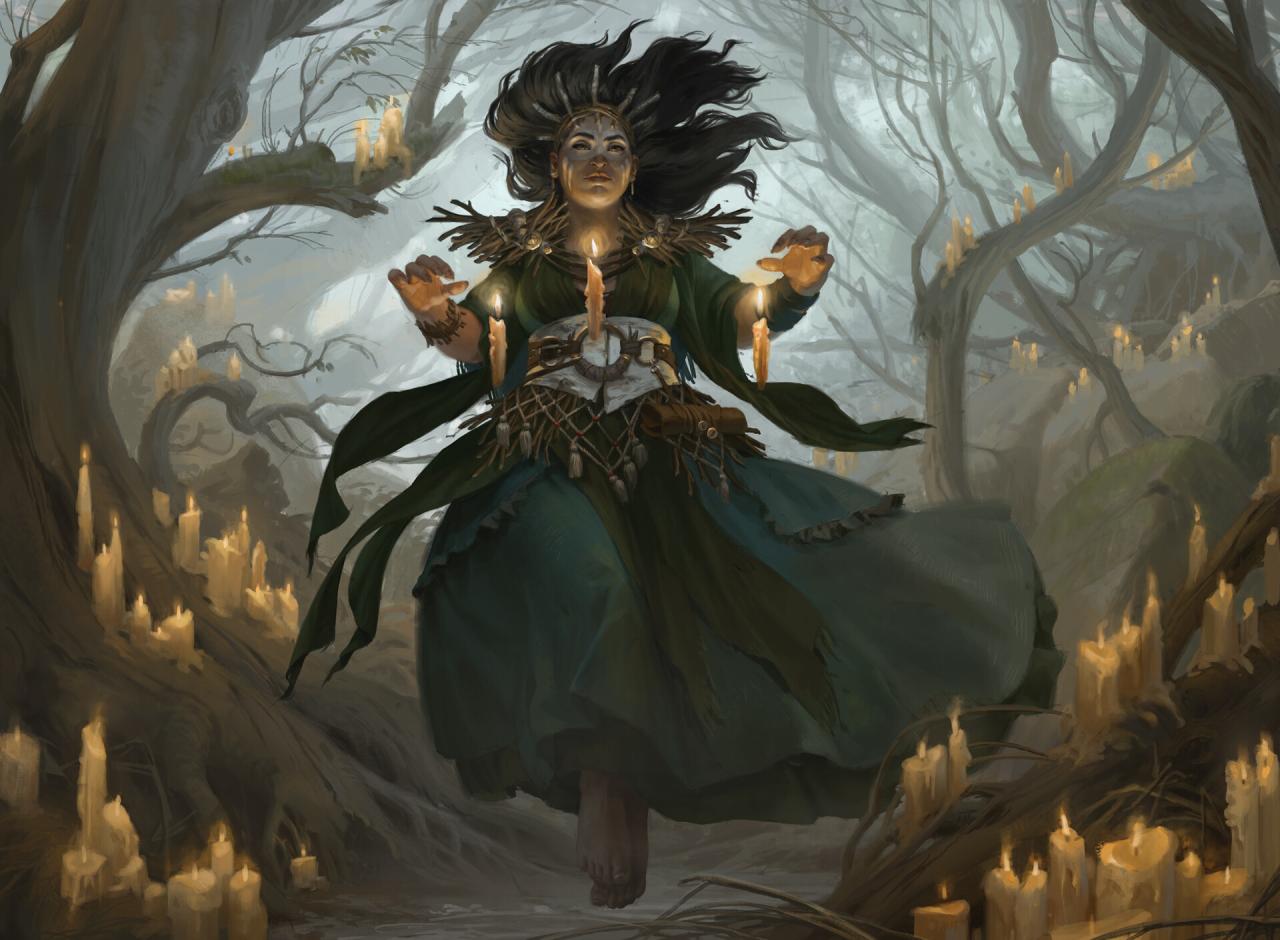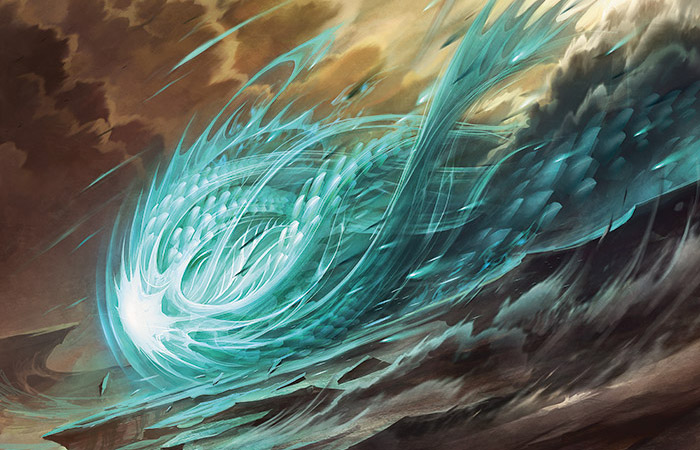MTG manifest art: From its humble beginnings to its current prominence, the evocative imagery gracing Magic: The Gathering cards has captivated players and artists alike. This visual storytelling, often subtle yet powerful, adds another layer to the already rich tapestry of the game, impacting gameplay, community perception, and even inspiring fan creations. We’ll explore the evolution of this unique art style, examining its thematic elements, artistic techniques, and overall influence on the MTG experience.
This exploration delves into the history of MTG manifest art, tracing its stylistic evolution across various sets. We’ll analyze recurring themes and motifs, the artistic techniques employed, and the crucial role this art plays in player engagement. Further, we’ll examine the community’s response to specific artworks and the lasting impact manifest art has had on the wider MTG culture.
Prepare to uncover the secrets behind the captivating visuals that have become synonymous with Magic: The Gathering.
A Deep Dive into Magic: The Gathering Manifest Art: Mtg Manifest Art
Magic: The Gathering’s manifest art, a unique artistic style integrated directly into the gameplay experience, has captivated players for years. This exploration delves into the history, themes, techniques, impact, and community reception of this captivating aspect of the game, providing a comprehensive overview of its evolution and influence on the MTG landscape.
History of MTG Manifest Art
Manifest art’s journey within Magic: The Gathering is a fascinating evolution. Early examples, often found in sets like Legends (1994) and The Dark (1994), were simpler in style, reflecting the technological limitations of the time. These early pieces leaned heavily on traditional painting techniques, often showcasing bold lines and limited color palettes. As digital art tools advanced, so did the complexity and detail of manifest art.
Sets like Time Spiral (2006) and Modern Masters (2013) showcase a shift towards more intricate designs and a wider range of artistic styles. The introduction of digital painting and 3D modeling allowed for greater depth and realism, significantly impacting the visual appeal of the cards. Artists like Christopher Rush, whose work graced early sets, and more contemporary artists like Seb McKinnon, have played pivotal roles in shaping the distinct character of manifest art across different eras.
Themes and Motifs in Manifest Art

Recurring themes and motifs in MTG manifest art often reflect the overarching narrative and lore of each set. Powerful symbols, such as mythical creatures, elemental forces, and abstract representations of magic, frequently appear. These symbols are not merely decorative; they convey deeper meaning, enriching the player experience. For instance, the use of vibrant colors might represent powerful spells, while muted tones might symbolize decay or loss.
The art often directly reflects the card’s in-game mechanics, strengthening the connection between the visual and the functional aspects of the game.
| Set Name | Dominant Theme | Symbolic Representation | Lore Connection |
|---|---|---|---|
| Time Spiral | Temporal Distortion | Clocks, swirling vortexes, fractured timelines | The set’s focus on time manipulation and paradoxes |
| Lorwyn | Fairytale Fantasy | Vibrant forests, whimsical creatures, enchanted landscapes | The set’s idyllic, yet subtly menacing, world of Lorwyn |
| Innistrad | Gothic Horror | Dark castles, monstrous creatures, decaying landscapes | The set’s exploration of horror and suspense |
| Zendikar Rising | Elemental Power | Massive landscapes, powerful elemental beings, vibrant colors | The set’s focus on the power and beauty of nature |
Artistic Techniques and Styles
A variety of artistic techniques have been employed in creating manifest art. Traditional mediums such as oil and acrylic paints were dominant in earlier sets, while digital painting has become increasingly prevalent. The use of color palettes varies dramatically, from the muted tones of gothic horror sets to the vibrant hues of fantasy-themed sets. Brush strokes, ranging from delicate and precise to bold and expressive, contribute significantly to the overall mood and style.
The adoption of digital art tools has allowed for greater experimentation with texture, lighting, and perspective, enhancing the realism and detail of the artwork. The integration of 3D modeling has enabled artists to create incredibly complex and immersive scenes.
Hypothetical Manifest Artwork: A card depicting a powerful planeswalker manipulating temporal energy would feature a swirling vortex of color, rendered using a combination of digital painting and 3D modeling. The planeswalker would be depicted in a dynamic pose, surrounded by fragmented images of past and future events. The color palette would be predominantly blues and purples, representing the flow of time, with splashes of vibrant orange and yellow to highlight moments of intense temporal energy.
The Role of Manifest Art in Gameplay

Manifest art significantly influences player perception and engagement. A visually striking card is more likely to capture a player’s attention, potentially influencing deck-building choices and strategic decisions. The art style often subtly hints at a card’s in-game mechanics, allowing experienced players to anticipate its function. For example, a card with menacing imagery might suggest a powerful creature with high attack and defense.
However, the impact varies among players. Beginner players might focus more on the overall visual appeal, while experienced players may interpret the art’s subtle clues to gain a strategic advantage.
Community Reception and Impact

MTG’s community actively engages with manifest art, generating discussions and fan art inspired by their favorite pieces. Certain artworks have gained iconic status, becoming instantly recognizable and highly sought after by collectors. The impact of manifest art extends beyond individual cards; it contributes to the overall visual identity of the game, shaping its aesthetic appeal and cultural significance.
The consistent high quality of the art has helped cultivate a vibrant and passionate community, contributing to the game’s enduring popularity.
Illustrative Examples of Manifest Art
Example 1: A creature card depicts a colossal, winged beast with iridescent scales, its eyes glowing with an otherworldly light. The background is a stormy, purple-hued sky, emphasizing the creature’s power and menacing presence. The artist uses bold brushstrokes and a vibrant color palette to convey a sense of raw energy and untamed power.
Example 2: An enchantment card showcases a serene forest scene, bathed in the golden light of a setting sun. Delicate brushstrokes and a warm color palette create a peaceful atmosphere, contrasting with the card’s potentially disruptive in-game effect. The details, such as the intricate patterns on the leaves and the subtle texture of the bark, create a sense of depth and realism.
Example 3: A sorcery card features an abstract representation of chaotic energy, rendered in swirling, vibrant colors. The lack of concrete imagery focuses attention on the sheer power of the spell, visually mirroring its potent in-game effect. The style is dynamic and expressive, emphasizing the chaotic nature of the magic.
Example 4: A planeswalker card depicts a figure cloaked in shadows, their face obscured, wielding a staff crackling with arcane energy. The muted color palette and the use of dark tones create a mysterious and foreboding atmosphere, highlighting the planeswalker’s enigmatic nature. The artist uses precise linework and subtle details to convey a sense of power and control.
Example 5: A land card showcases a desolate, volcanic landscape, with lava flowing across the foreground. The use of bold, contrasting colors and dramatic lighting creates a sense of danger and power. The texture of the lava and the rough terrain are vividly depicted, enhancing the realism of the scene.
Last Recap
Ultimately, MTG manifest art transcends mere illustration; it’s a powerful storytelling device that enriches the gameplay experience and fosters a vibrant community. From the subtle nuances of early designs to the intricate detail of modern pieces, manifest art has consistently elevated Magic: The Gathering, creating a lasting impact on both players and artists. Its continued evolution promises even more captivating visuals and deeper engagement in the years to come, solidifying its place as an integral part of the game’s identity.
FAQ Overview
What is the difference between manifest art and regular MTG card art?
Manifest art is specifically designed to visually represent the card’s effect or mechanic, often hinting at its in-game function through imagery. Regular MTG art, while evocative, doesn’t always directly reflect the card’s gameplay mechanics.
Are there any specific artists renowned for their MTG manifest art?
While many artists contribute, some have become particularly associated with creating impactful manifest art. Researching specific sets and their artist credits will reveal prominent names in this area.
How does manifest art affect the secondary market value of MTG cards?
Highly sought-after and visually striking manifest art can positively influence a card’s collector value. The artistic merit and its connection to the card’s mechanics are key factors.
Has MTG manifest art inspired other card games?
While MTG’s approach to manifest art is unique, its influence on the broader card game design and artistic styles is undeniable. Other games may incorporate similar principles of visual storytelling in their card designs.